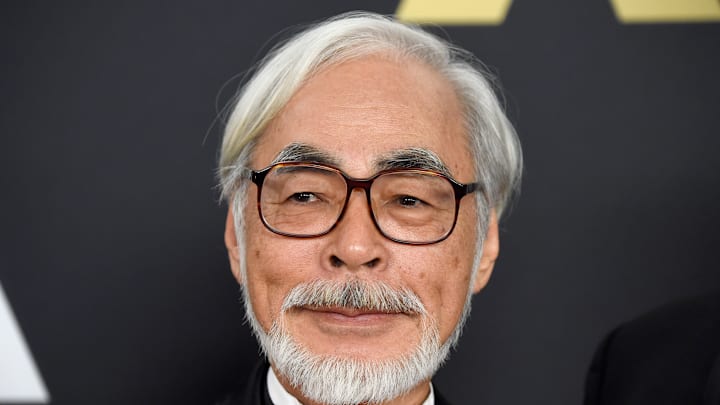Grave of the Fireflies was one of the earlier films Studio Ghibli made during the beginning of the animation production studio's rise to fame, so it doesn't come as a surprise why many have yet to feast their eyes on this moving film that discusses the true effects of war and how it is often children who suffer the most.
In the 1988 film, we follow the life of Seita, a young boy tasked with keeping his baby sister, Setsuko, alive to see another day after their mother sadly passed away after a tragic neighborhood bombing. This task is far easier said than done, as everyone is fighting to survive and isn't necessarily open to giving to others when they can barely provide for their own families. So, the siblings set off to make sense of this cruel world, but are often thrown by the pains of survival.
See the official trailer for Grave of the Fireflies below.
Now that you know a little more about the film (or have had a nice refresher), you can understand that the film was inspired by the real-life traumatic events that came with World War II. More importantly, we hope you understand why it is rather incorrect to assume that the events that take place in the films do not take place in purgatory as one theory we recently read about implies.
Debunking a Grave of the Fireflies purgatory fan theory
Purgatory is a place that some religions describe as a balance between heaven and hell, a place in the afterlife for those who need to repent for certain sins before they can be let into either hell or heaven.
Screen Rant highlights this fan theory (originally from the site The Spooky Red Head Blog), which claims that we meet Seita, the film's protagonist, in purgatory, for at the start of the film we find him on the verge of death. The theory also seems to imply that Seita's sin is not protecting his younger sister and allowing her to succumb to death through starvation.
This theory couldn't be any further from the truth.
As we mentioned earlier, Grave of the Fireflies is a reimagining of the devastating, real effects of World War II, a war that left many impoverished, displaced, and, sadly, deceased. Seita and Setsuko were victims of the war, leaving them with not a lot of options for work, food, or shelter. To say that Seita could've done more (even though we believe he did everything he could) to keep his sister alive is nothing short of a dismissal of how much war can truly take from an individual and their loved ones.
Seita is a young boy, who, like his younger sister, knew next to nothing about surviving on his own. His mother was taken away from him at a young age and the family that tried to provide for the two ultimately couldn't afford to feed extra mouths. Having this in mind, Seita is akin to a small baby lion forced to take care of another small baby lion; the blind leading the blind.
Simply put, Seita didn't do anything to deserve purgatory.
Although many other Studio Ghibli films may fit the purgatory theory (My Neighbor Totoro and Spirited Away, to name a few), Grave of the Fireflies would not be a good fit because a supernatural world of suffering should not be considered a place where helpless children affected by war go after having already suffered enough. Such an assessment isn't fair to victims.
All in all, having theories about Grave of the Fireflies or any Studio Ghibli film is perfectly fine, as art is up to the interpretation of the beholder. Even so, oftentimes, some theories thwart the true message behind these films, which is something that we believe causes masterpieces like Grave of the Fireflies to be sullied down into something that it is not.
